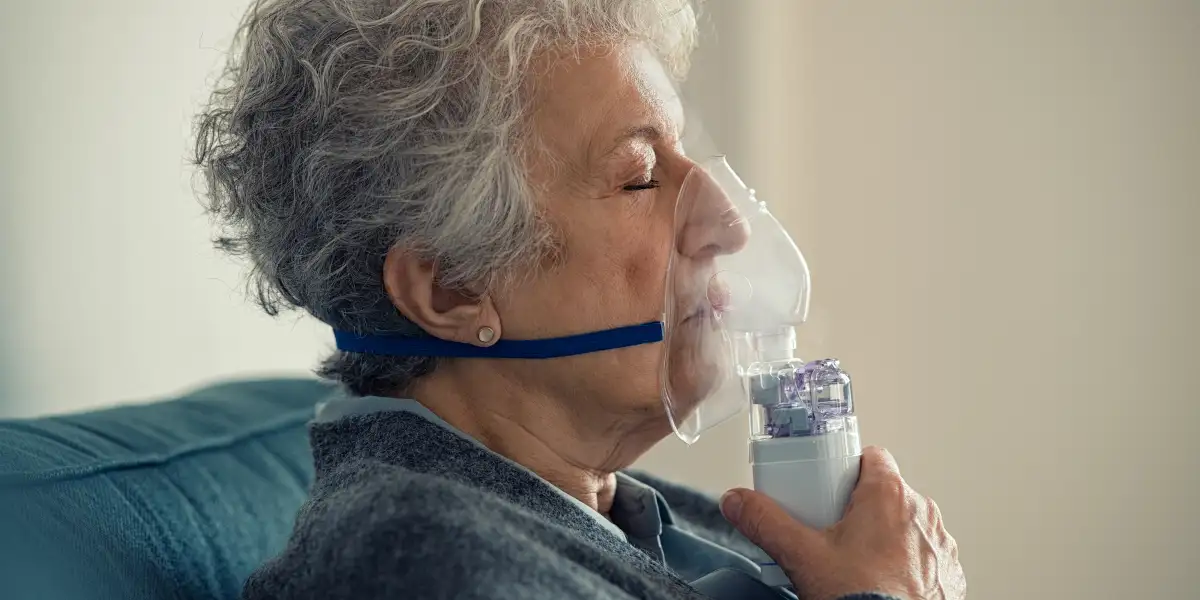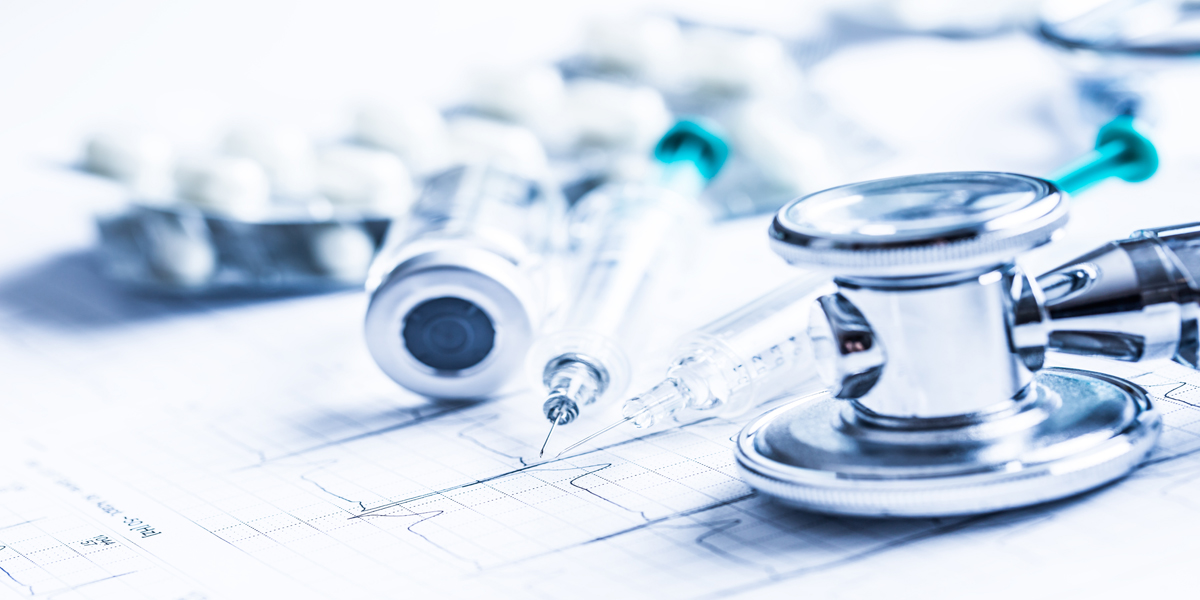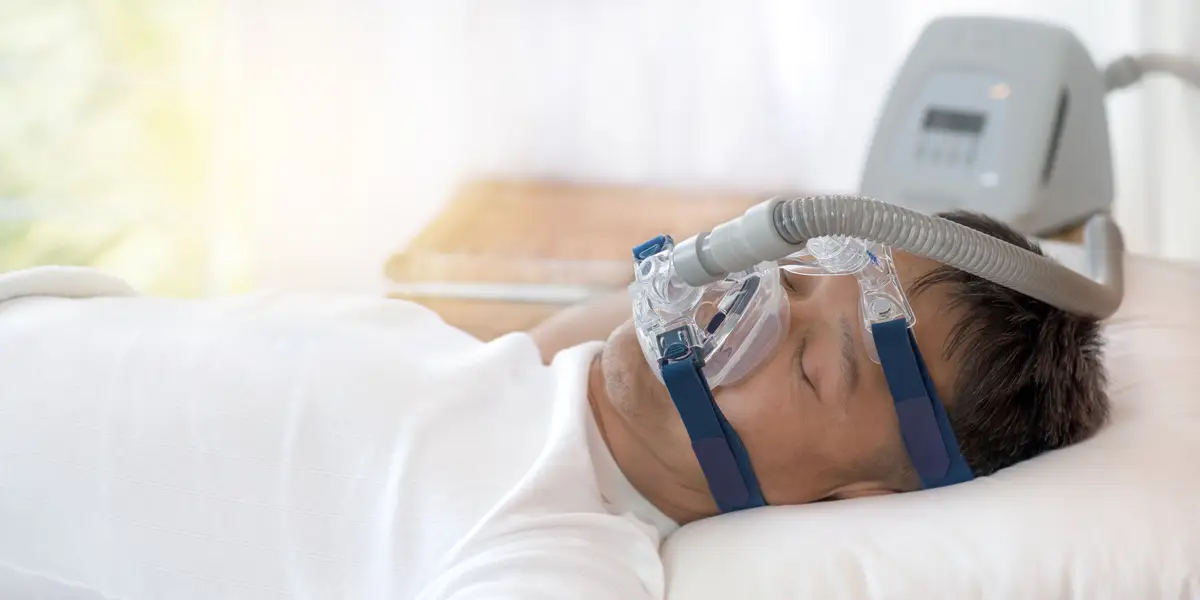Respiratory equipment plays a crucial role in healthcare, offering a lifeline to individuals with respiratory conditions and supporting various medical interventions. From devices that assist with breathing to those that monitor respiratory function, the world of respiratory equipment is vast and continually evolving. This article delves into the intricacies of respiratory equipment, exploring its diverse types, applications, technological advancements, and the transformative impact it has on patient care.
Understanding Respiratory Equipment:
Respiratory equipment encompasses a broad range of devices designed to aid in the process of breathing, monitor respiratory function, and treat respiratory disorders. These devices cater to individuals with conditions ranging from chronic respiratory diseases like chronic obstructive pulmonary disease (COPD) to those in need of respiratory support during surgeries or critical care.
Types of Respiratory Equipment:
- Ventilators: Ventilators, also known as mechanical ventilators or respirators, are critical life support devices that assist individuals in breathing. They are commonly used in intensive care units (ICUs) and operating rooms. Modern ventilators offer advanced features, including modes that synchronize with a patient’s natural breathing pattern and pressure support ventilation.
- Nebulizers: Nebulizers are devices that convert liquid medication into a fine mist or aerosol, allowing individuals to inhale the medication directly into their lungs. These are often used to administer bronchodilators and anti-inflammatory medications for conditions like asthma or chronic bronchitis.
- Continuous Positive Airway Pressure (CPAP) Machines: CPAP machines are primarily used in the treatment of sleep apnea. They deliver a continuous stream of air through a mask to keep the airway open, preventing pauses in breathing during sleep. CPAP therapy is effective in reducing snoring and improving sleep quality.
- Bi-level Positive Airway Pressure (BiPAP) Machines: Similar to CPAP machines, BiPAP machines deliver pressurized air to support breathing. However, they offer two different levels of pressure – a higher pressure during inhalation and a lower pressure during exhalation. BiPAP machines are often used for individuals with conditions like obesity hypoventilation syndrome or certain neuromuscular disorders.
- Oxygen Concentrators: Oxygen concentrators are devices that extract oxygen from the air and deliver it to individuals who require supplemental oxygen. They are commonly used in the management of conditions such as chronic respiratory failure, pulmonary fibrosis, and severe asthma.
- Peak Flow Meters: Peak flow meters are handheld devices used to measure the maximum airflow a person can generate during forced exhalation. They are commonly used by individuals with asthma to monitor their lung function and assess the effectiveness of their treatment plan.
- Pulse Oximeters: Pulse oximeters are non-invasive devices that measure the oxygen saturation of hemoglobin in the blood. They are often used to monitor individuals with respiratory conditions, such as chronic obstructive pulmonary disease (COPD) or pneumonia, and are valuable in assessing the need for supplemental oxygen.

Applications of Respiratory Equipment:
- Critical Care and Intensive Care Units: Ventilators play a critical role in the care of individuals in ICUs, providing life support for those with severe respiratory failure. BiPAP machines and oxygen concentrators are also commonly used in critical care settings to support patients with various respiratory conditions.
- Sleep Medicine: CPAP machines are essential in the field of sleep medicine, particularly for individuals with obstructive sleep apnea. They help maintain an open airway during sleep, preventing interruptions in breathing and improving overall sleep quality.
- Home Healthcare: Many respiratory devices, such as nebulizers, oxygen concentrators, and CPAP machines, are designed for home use. This allows individuals with chronic respiratory conditions to manage their health and receive necessary treatments in the comfort of their homes.
- Emergency Medicine: Respiratory equipment plays a crucial role in emergency medicine, particularly in cases of respiratory distress or failure. Ventilators and oxygen therapy are vital in stabilizing patients until further interventions can be administered.
- Rehabilitation and Pulmonary Care: Individuals undergoing pulmonary rehabilitation or those with chronic respiratory conditions benefit from respiratory equipment that supports breathing exercises, monitors lung function, and provides supplemental oxygen as needed.
Technological Advancements in Respiratory Equipment:
- Smart Connectivity: Many modern respiratory devices are equipped with smart connectivity features. Patients can monitor their therapy, track usage, and receive reminders through smartphone apps. This connectivity also allows healthcare providers to remotely monitor patients’ respiratory health.
- Portable and Compact Designs: Advancements in technology have led to the development of more portable and compact respiratory devices. Portable nebulizers, miniaturized ventilators, and lightweight oxygen concentrators enhance mobility and improve the quality of life for individuals with respiratory conditions.
- Telehealth Integration: The integration of respiratory equipment with telehealth platforms enables remote consultations and monitoring. Healthcare providers can assess patients’ respiratory function, review data from devices, and make adjustments to treatment plans without the need for in-person visits.
- Adaptive Algorithms: Some ventilators and positive airway pressure machines employ adaptive algorithms that adjust pressure levels based on a patient’s breathing patterns. This enhances patient comfort and optimizes the effectiveness of respiratory support.
- Artificial Intelligence (AI): AI is being increasingly utilized in respiratory care. AI algorithms can analyze large datasets from respiratory devices, detect patterns, and provide insights into disease management. This has the potential to improve diagnostic accuracy and personalize treatment plans.
Benefits of Respiratory Equipment:
- Life-Saving Support: Ventilators provide life-saving support for individuals with severe respiratory failure, whether due to acute conditions like pneumonia or chronic conditions like advanced COPD.
- Improved Quality of Life: Respiratory equipment, such as oxygen concentrators and CPAP machines, can significantly improve the quality of life for individuals with chronic respiratory conditions. These devices help manage symptoms, enhance sleep, and promote overall well-being.
- Home-Based Care: The availability of portable and home-based respiratory devices allows individuals to receive necessary treatments without the need for extended hospital stays. This contributes to a more patient-centric approach to healthcare.
- Preventive Monitoring: Respiratory equipment with monitoring capabilities, such as pulse oximeters and peak flow meters, enables individuals to proactively monitor their respiratory health. This can help in early detection of issues and prevent exacerbations of chronic conditions.
- Enhanced Mobility: Portable respiratory devices enhance the mobility of individuals with respiratory conditions. This allows them to engage in daily activities, travel, and maintain a more active lifestyle.
Challenges and Considerations:
- Cost and Accessibility: The cost of certain respiratory equipment, particularly advanced devices, can be a barrier to accessibility. Ensuring affordability and availability, especially in resource-limited settings, is a challenge.
- Patient Adherence: Patient adherence to prescribed treatments and proper use of respiratory equipment are crucial for its effectiveness. Education, support, and addressing barriers to adherence are ongoing challenges in respiratory care.
- Infection Control: Respiratory equipment, especially in clinical settings, requires rigorous infection control measures to prevent the spread of respiratory infections. Regular cleaning and maintenance are essential to ensure the safety of patients.
- Complexity of Use: Some respiratory devices, particularly ventilators and certain advanced positive airway pressure machines, can be complex to use. Training patients and caregivers on proper usage is essential for optimal outcomes.
- Interoperability: Ensuring interoperability between different respiratory devices and healthcare information systems is a challenge. Seamless integration of data from various devices into electronic health records enhances the continuity of care.

The Future of Respiratory Equipment:
- Personalized Medicine in Respiratory Care: Advances in genetics and personalized medicine are likely to influence respiratory care. Tailoring treatments based on an individual’s genetic profile and response to therapy could optimize outcomes for respiratory conditions.
- Remote Patient Monitoring and Telehealth Expansion: The expansion of telehealth services and remote patient monitoring is expected to play a significant role in the future of respiratory care. Remote monitoring of respiratory function and virtual consultations will become more commonplace.
- Innovations in Ventilation Technology: Innovations in ventilation technology may lead to the development of more advanced ventilators with increased adaptability, improved patient-ventilator synchrony, and enhanced portability.
- Smart Inhalers: Smart inhalers, equipped with sensors and connectivity, have the potential to revolutionize the management of respiratory conditions such as asthma and COPD. These devices can track medication usage, provide reminders, and offer real-time feedback to patients and healthcare providers.
- Biofeedback and Respiratory Training Devices: Advances in biofeedback technology may lead to the development of respiratory training devices that provide real-time feedback on breathing patterns. These devices could be used in rehabilitation and stress management.
Conclusion:
Respiratory equipment stands at the forefront of healthcare, offering vital support to individuals with respiratory conditions and playing a crucial role in medical interventions. From life-saving ventilators to portable oxygen concentrators and smart inhalers, these devices have transformed the landscape of respiratory care. As technology continues to advance and healthcare evolves towards more patient-centric and remote models, the future of respiratory equipment holds promise for personalized, accessible, and efficient respiratory care. Breathing easy is not just a phrase—it’s a testament to the transformative power of respiratory equipment in ensuring the well-being of individuals around the world.

